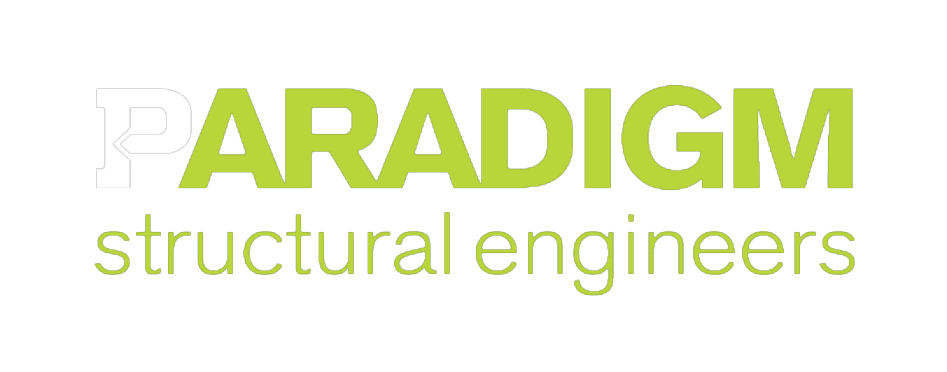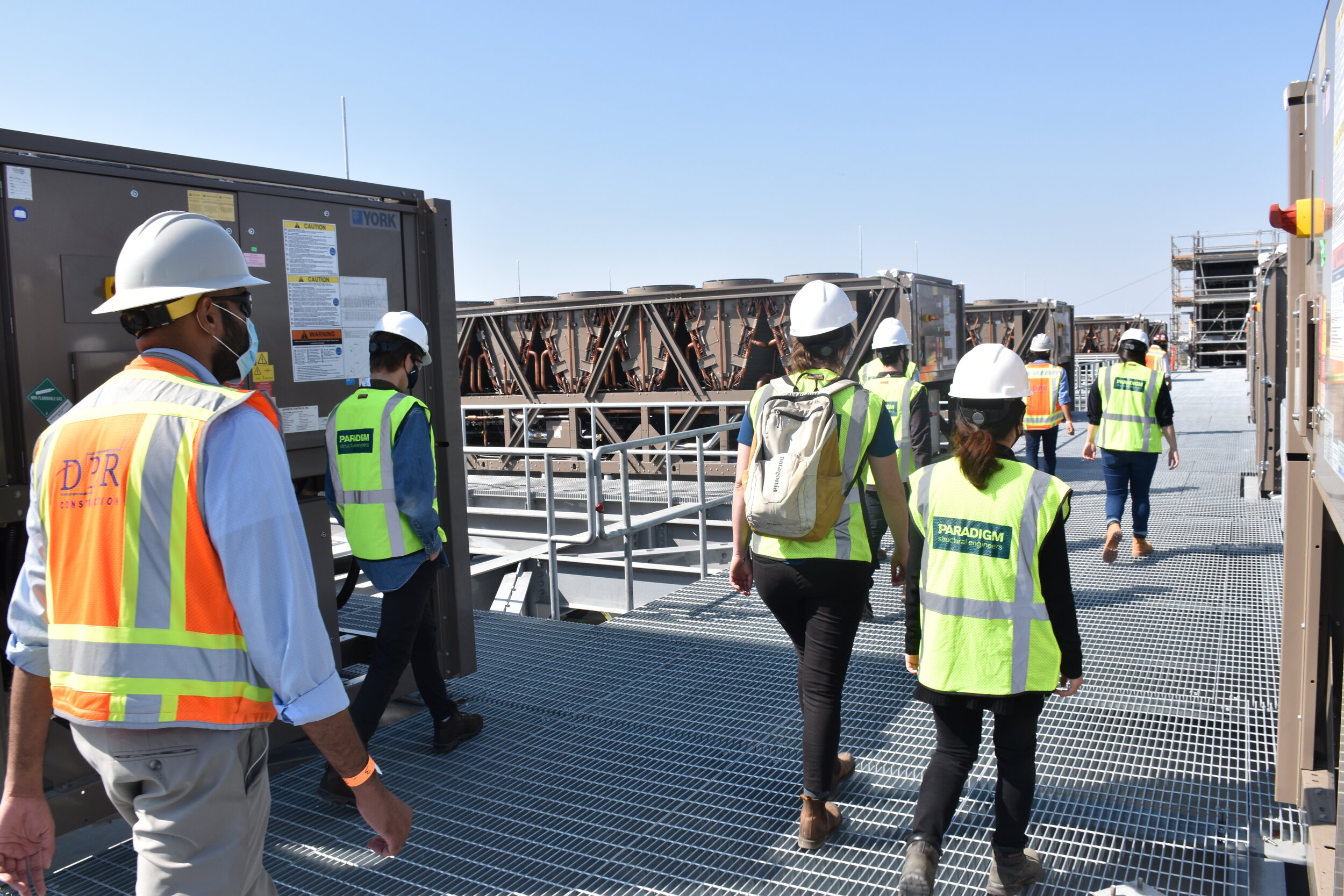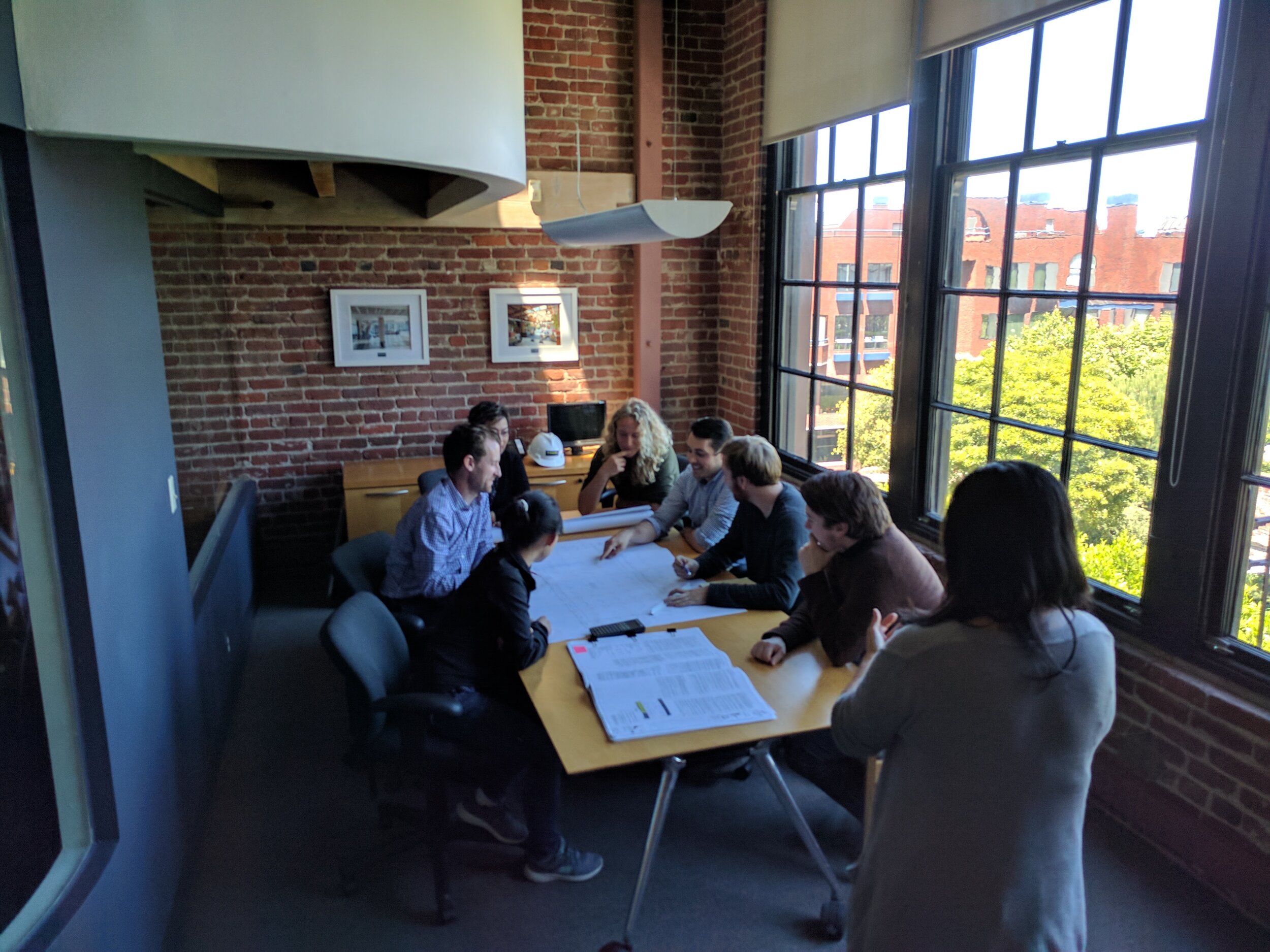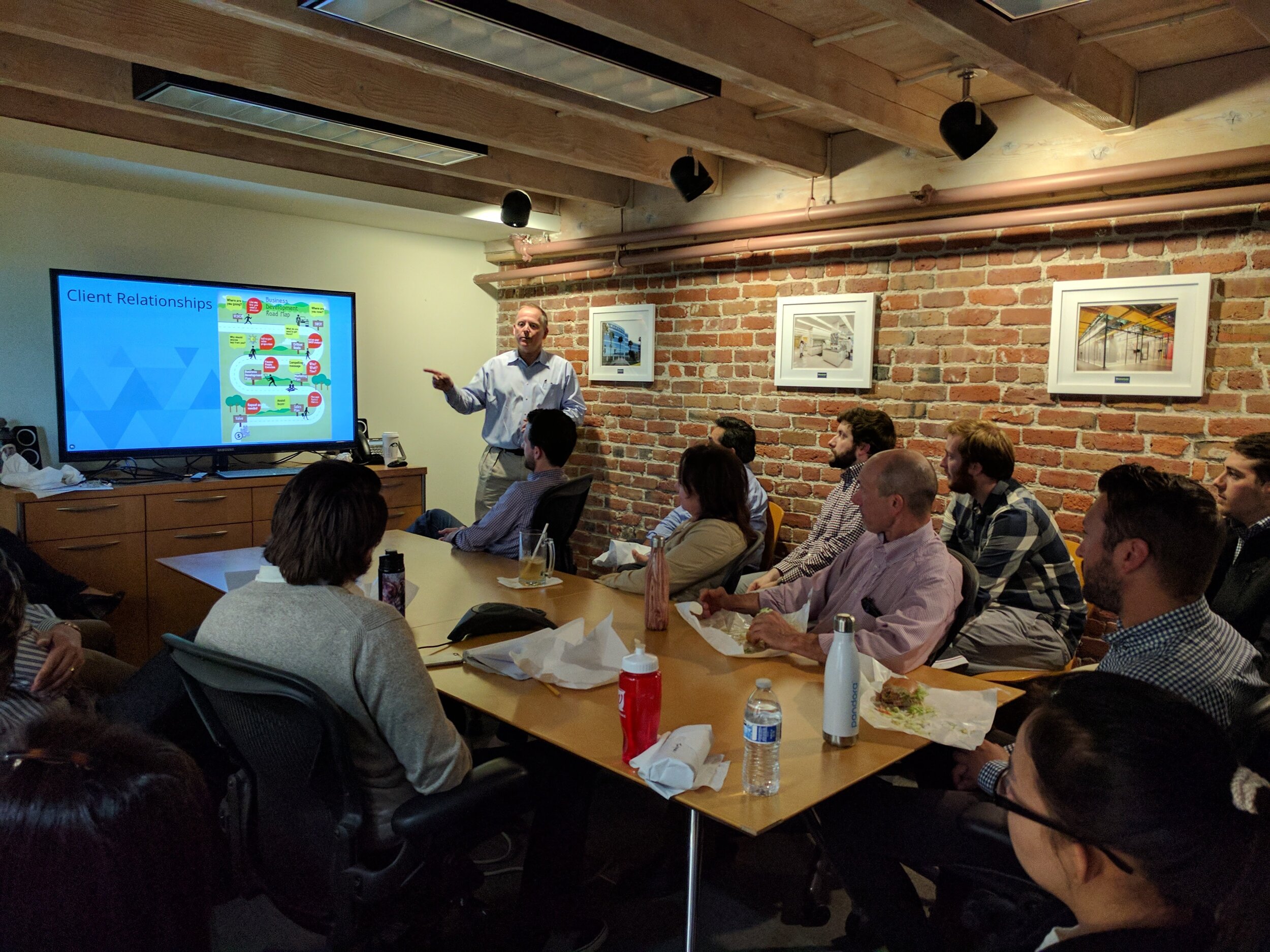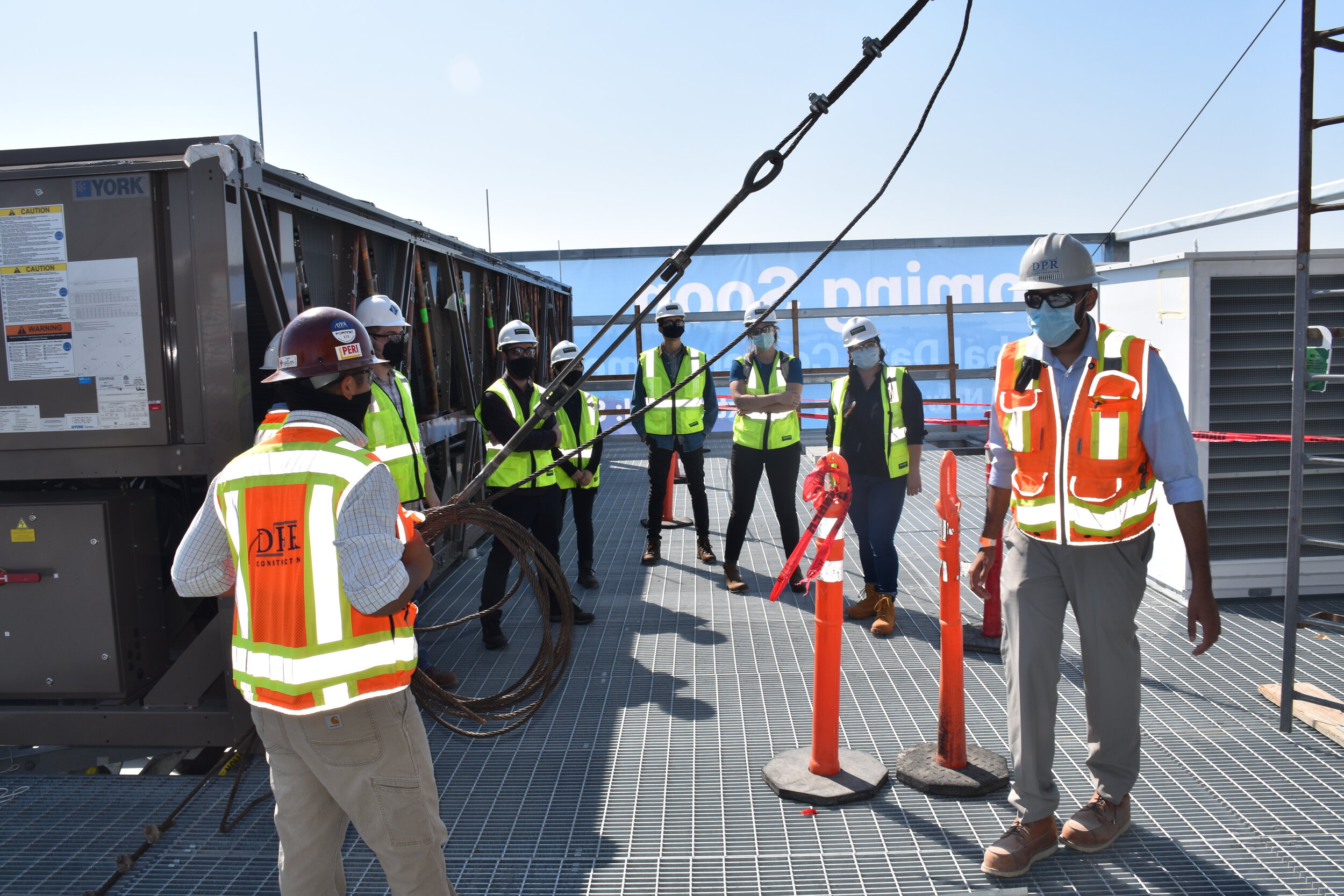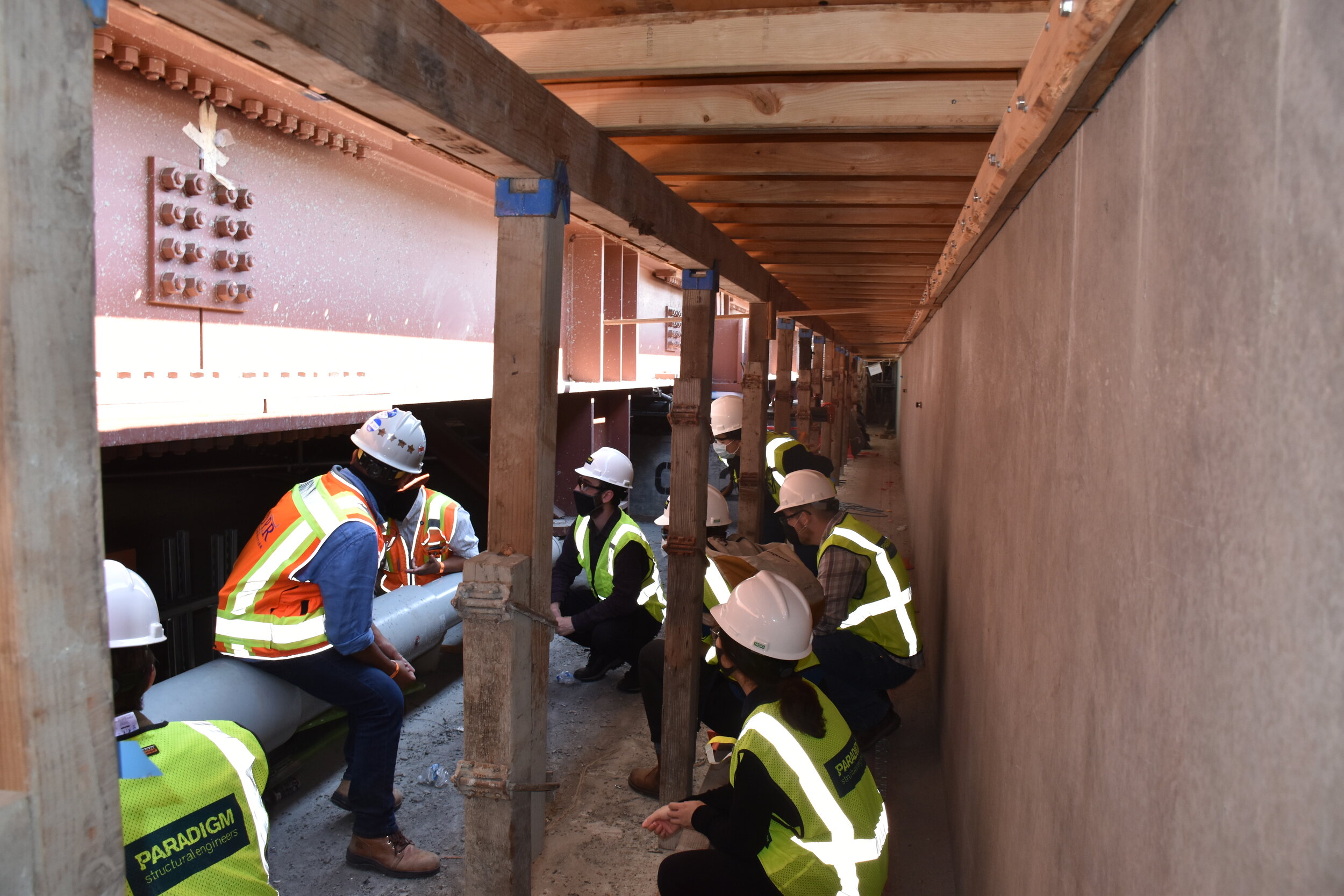Structural Engineering Services
Post Earthquake Response
Construction Means and Methods Engineering
Seismic Risk Assessment and PMLs
New Building Design
Seismic Strengthening
Design-Build
Our Process
Specialties
There are a number of retrofitting technologies/devices that can be implemented in existing or new buildings at a relatively low cost. This can greatly improve the structural integrity of buildings to make them “high performing”. Passive Energy Dissipation minimizes the impact of earthquake ground motion delivered to the buildings. Two types of Passive Energy Dissipation Systems are Base Isolation and Fluid Viscous Dampers.
Courtesy of Robinson Seismic
Base Isolation is by far the most successful system to limit building damage involving the insertion of isolation bearing pads into major load-carrying elements, under the columns, generally in the base of a structure. This system can also require the creation of a basement and installation of independent perimeter retaining walls under the building, known as “moat” walls. This allows the building to displace laterally, independently from the ground, dramatically reducing accelerations experienced by the building and its contents. This system is often incorporated into historic buildings to reduce the impact of the seismic upgrade on the interior and exterior finishes or to reduce content damage from an earthquake such as for a museum. Generally, these elements will continue to perform adequately for the life of the building without requiring replacement after a seismic event.
Fluid Viscous Dampers is an effective and relatively inexpensive option to help reduce building damage. FVDs are similar to "shock absorbers" for your building. They reduce building displacements and therefore minimize damage. Often, they are incorporated into the building moment frame system generally as part of added diagonal braces. In an earthquake, the building moves and activates a ram in the FVD in which hydraulic fluid travels through small ports thus damping out the motion, to absorbs or dissipates the earthquake energy experienced by the building. FVDs reduce building drifts and decrease both structural and non-structural damage. FVDs are less expensive than Base Isolation. Generally, FVD system elements will continue to perform adequately for the life of the building without requiring post-earthquake replacement.
Buckling Restrained Braced Frames (BRBF) has become the most common Lateral Force Resisting System for steel buildings and replaces traditional diagonal "X" braces often used along the inside face of the exterior walls of buildings. Traditional "X" bracing requires the diagonal brace to buckle in order to dissipate earthquake energy. But such buckling breaks windows and cracks finishes. BRBF's are simply a "better brace" because they don't buckle in a manner that causes major damage to adjacent finishes. Internal to the BRBF, there is often a cruciform shaped steel shaft, surrounded by grout. During an earthquake, the cruciform shape elongates or compresses within the housing and it is with this change of shape that the earthquake energy is absorbed through perfect inelastic yielding. Unlike Base Isolation and FVD's, BRBF's do little to reduce damage to the building contents and often require replacement after a significant seismic event.
Technical Competencies
• E-Builder
• PlanGrid
• Procore
• Revit
• Sharepoint
• 3D AutoCAD
• Adobe
• Bluebeam Studio
• Building Information Modeling (BIM360 Docs & BIM360 Field)
• Dropbox
